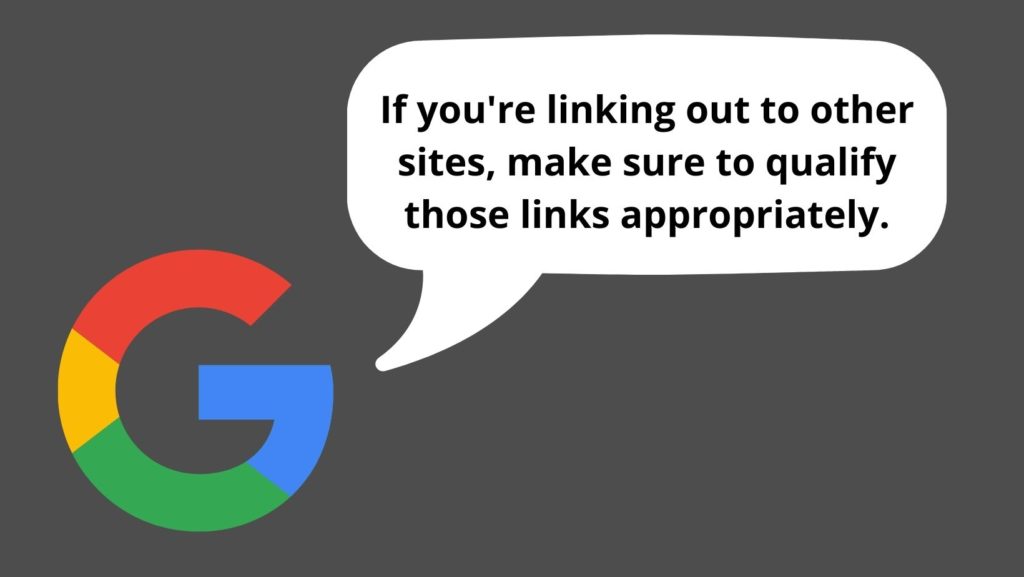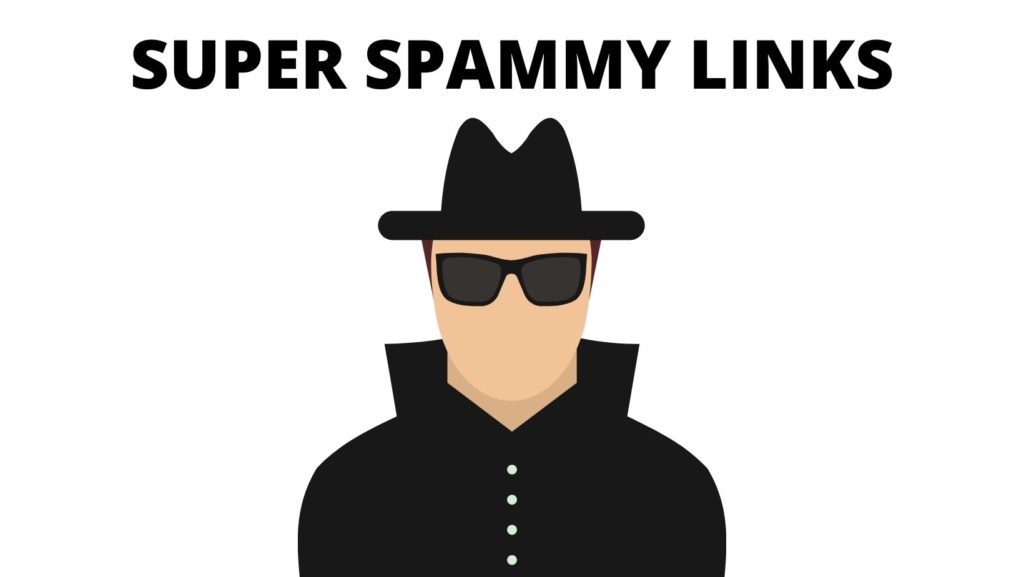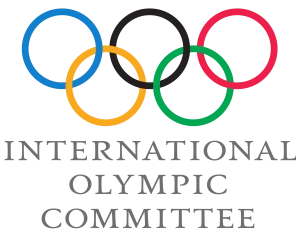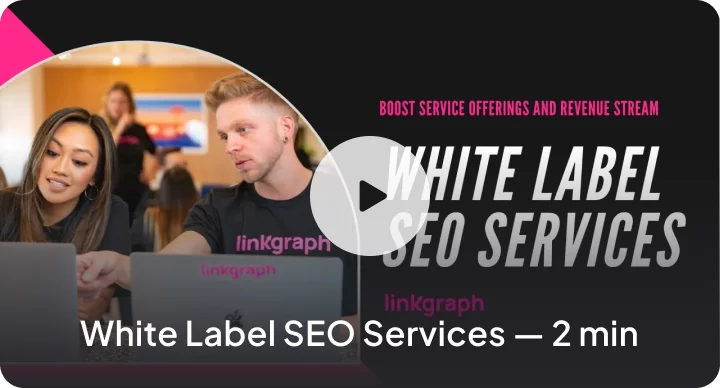Link Swapping: The Dos, Don’ts, & Google’s Guidelines
Linking best practices have been at the forefront of many SEOs’ minds, especially after Google’s LinkSpam update. With so many questions surrounding link exchanges and Google Webmaster […]

Linking best practices have been at the forefront of many SEOs’ minds, especially after Google’s LinkSpam update. With so many questions surrounding link exchanges and Google Webmaster guidelines, we thought we would devote an entire article to explaining what the “new” rules are for link swapping and how to operate within Google’s guidelines while increasing your site’s chances of landing in top search results.
What Is and Is Not Link Swapping?
Link Swapping is the process of exchanging or trading link placements with another site. Often one site will place a contextual link within a blog that points to the other site and vice versa. This practice is also called “reciprocal linking,” link exchange,” or “2-way linking.”
This form of link exchange often does not include providing the other website with a guest post or blog. Instead, one site will add the link to an existing article or one they are planning to post.
What Is Google’s Policy on Link Exchanges?

In 2021, Google introduced its LinkSpam update. This algorithm update changed how Google’s ranking system values links from spammy sites, are of spammy nature, or from poor quality sites. Essentially, Google ignores links from low domain rating sites when calculating page rankings. Additionally, Google can apply manual actions to sites that are suspected of participating in Link Schemes.
Link schemes as defined by Google:
So, what does Google say about link exchanges? People often link to Google’s link Scheme page, however, it’s important not to ignore that they emphasize the importance of qualified links in the statement:
”If you’re linking out to other sites, make sure to qualify those links appropriately.”
Furthermore, Google describes link schemes as:
“Any links intended to manipulate PageRank or a site’s ranking in Google search results may be considered part of a link scheme and a violation of Google’s Webmaster Guidelines. This includes any behavior that manipulates links to your site or outgoing links from your site.”
And Google goes further by providing examples of link schemes:
-
-
- – Buying or selling links that pass PageRank. This includes: Exchanging money for links, or posts that contain links
- – Exchanging goods or services for links
- – Sending someone a “free” product in exchange for them writing it and including a link
- – Excessive link exchanges (“Link to me and I’ll link to you”) or partner pages exclusively for the sake of cross-linking.
- – Large-scale article marketing or guest posting campaigns with keyword-rich anchor text links.”
-
Notice the word “excessive.” Excessive is defined as “exceeding what is usual, proper, necessary, or normal.” This is where the gray area arises. “Excessive” implies that a normal amount of reciprocal linking is not going to arouse any suspicion, and–is not of concern to Google.
Is Link Swapping a Form of Link Spam or Link Scheme?
When thinking about link schemes and link spam, it’s important to understand that the severity of spam and how Google likely looks at it is a spectrum. This makes the ethical nature of link swapping a gray area. Google’s quality guidelines further blur the lines of what level of link exchanges are acceptable and within their terms of service. So, to give you a clearer idea, we will look at a few different levels of “spamminess.”
Super Spammy Link Schemes

Link spam is a real problem–especially when sites are bombarded with unrelated, unnatural links from questionable websites. This practice is extremely spammy.
Why does Google want to combat unnatural spam links?
These unnatural links confuse Google’s indexing algorithms since they use links, anchor text, annotation text, and the linking page’s content to better understand the linked-to page.
An example that illustrates how off-topic, unnatural links confuse Google:
Let’s say you own a business that sells customized children’s toys, and this site has been growing in popularity on social media. However, unbeknownst to the site owner, a site that creates fake gambling apps which steal customers’ credit card information has been linking to them. They’re doing so because this practice may help them appear in front of Google’s bots and give their site the appearance of legitimacy. However, the content linking to the toy business is poor quality content that’s unrelated. This confuses Google’s webcrawlers since the content is so semantically different from toys. Furthermore, Google’s webcrawlers may begin to build confusion the more the spam site links to the toy site.
Google also highly dislikes when sites work to manipulate search ranks through artificial means because it can lower the quality of their search results. And Google’s primary goal is to always provide good quality content and quality solutions to searchers’ queries.
Mildly Spammy Linking

In stark contrast to the spammy link scheme as illustrated above, Google acknowledges that many reciprocal links are natural.
For example, it’s normal for a site owner to suggest a cross-promotion with another business, which inevitably will involve a natural form of a link swap. When setting up this cross-promotion, neither business may be thinking about their backlinks in relation to search engine algorithms.
Moderately Spammy Linking

This leaves us with that gray area between natural link building and black hat, spammy backlinks. This level of spammy reciprocal linking is likely harmless, and it may have the potential of increasing your website’s search traffic.
This reciprocal linking can include pacing your backlink outreach and offering quality content to other websites (which contain natural links to your own site).
This form of reciprocal linking is similar to networking within your industry and adjacent niches. They benefit your site by increasing the opportunities Google’s webcrawlers have to index your site and understand the nature of your site.
Link Swapping Dos

When it comes to building your site’s reputation across your industry, link-building is a natural choice. However, to perform a link swapping campaign the right away you will want to:
- Do follow Google’s guidelines
- Reach out to sites in your industry and offer guest blogs
- Incorporate links in a natural, relevant manner
- Be sure your links add value for your users as well as the other site’s users
- Only use a reputable link-building service that offers high-quality links on sites you feel will represent your site with integrity
- Reach out to sites with Domain Ratings that are greater than or equal to your own
- Ask link partners if they use nofollow tags (links on nofollow pages will not receive link juice).
Link Swapping Don’ts:

- Never send out excessive, impersonal link exchange requests to strangers–this is spammy and annoying to the recipients
- Do not use automated systems that insert links in forums or similar web locations
- Never post another site’s link within yours without looking thoroughly at their site and feeling comfortable with the nature of their content–excessive spammy backlinks can result in getting expelled from the SERPs
- Do not ignore a Google Manual action or warning
Link Swapping the Right Way
When it comes to building your site’s backlink profile, you want to remain within Google’s linking best practices. To do so, keep your outreach efforts steady but not excessive, and always try to provide value to anyone that may click the hyperlink. Most importantly, never add a link to your site if the content (or site) it links to is questionable.
Need help navigating white hat SEO tactics? LinkGraph helps businesses with link-building campaigns that work.
Popular Articles
Want access to the leading SEO software suite on the market?
See why the world's best companies choose LinkGraph to drive leads, traffic and revenue.
“They are dedicated to our success and are a thoughtful sounding board when we run ideas by them - sometimes on ideas and projects that are tangential to our main SEO project with them. Also, I love that they allow for shorter-term contracts compared to the usual 1-year contract with other SEO companies. Lastly, they deliver on their promises.”





Enter your website URL and we’ll give you a personalized step-by-step action plan showing what exactly you need to do to get more traffic.
- Better tools
- Bigger data
- Smarter SEO Insights
Real-time SEO Auditing & Issue Detection
Get detailed recommendations for on-page, off-site, and technical optimizations.
























































